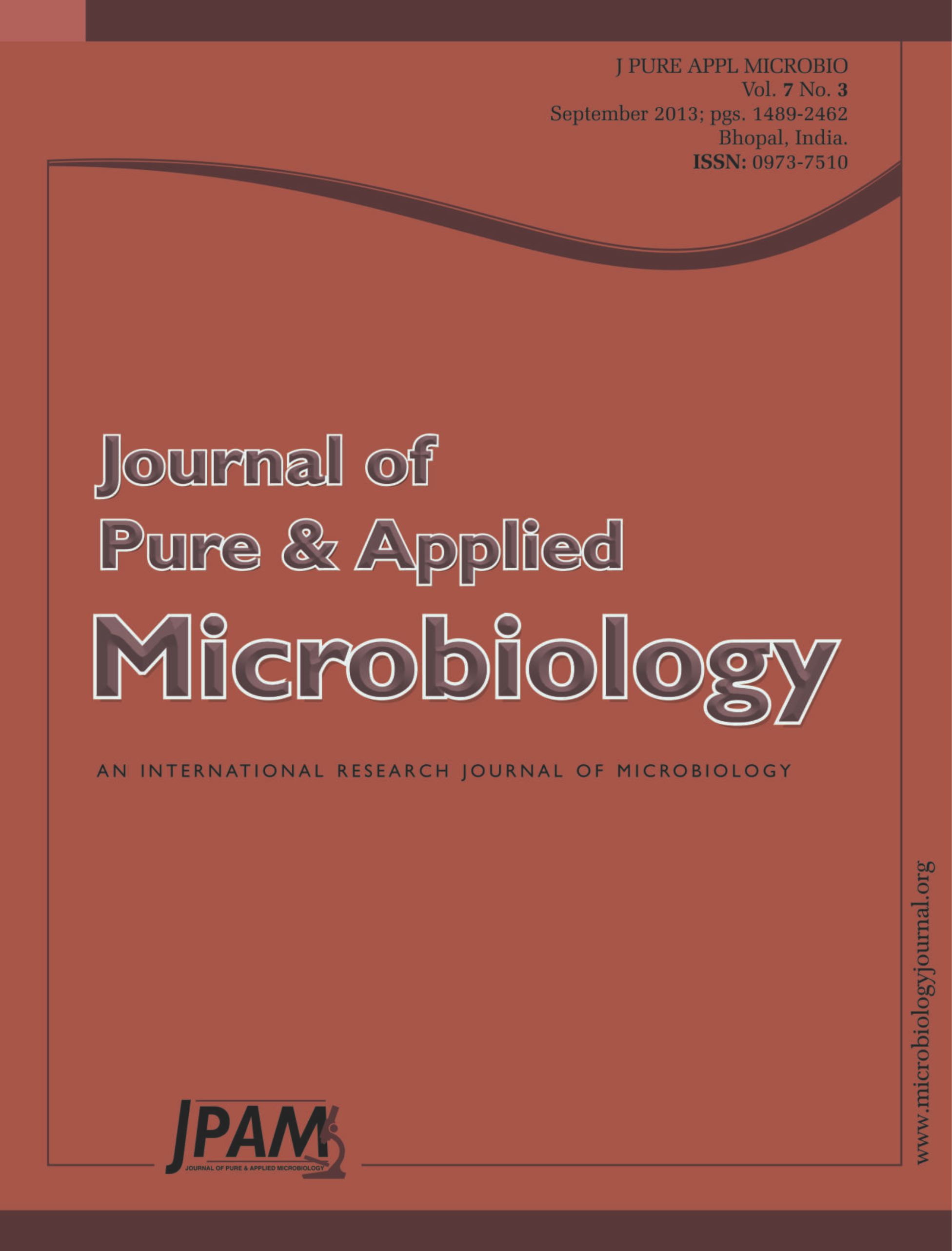The eukaryotic microorganism diversity from cattle manure during composting process was analyzed by ribotyping analysis combining with denaturing gradient gel electrophoresis (DGGE). DGGE profiles of the eukaryotic communities from culture-independent showed variation patterns among bands from early mesophilic to maturation phases. In the early mesophilic to thermophilic phases some bands showed strong intensity at the upper part of the gel, whereas at the end of the thermophilic to the maturation phases, the bands were gradually disappeared. Meanwhile on the bottom of the gel, the bands showed gradually decreased of the intensity up to maturation phase. Detail analysis by comparing the sequence of 18S rRNA gene fragments to the GenBank showed that at the early mesophilic phase, the compost inhabited mostly by Eimeriidae (Apicomplexa), Aspergillus, Penicillium and Paecilomyces (Ascomycota). Meanwhile the thermophilic phase were dominated by Eimeriidae, Gregarina (Apicomplexa), Aspergillus and Penicillium (Ascomycota). Whereas at the maturation phase the dominant organism were came from phylum Ascomycota.
Manure Compost, 18S rRNA, DGGE, Eukaryotic Diversity
© The Author(s) 2014. Open Access. This article is distributed under the terms of the Creative Commons Attribution 4.0 International License which permits unrestricted use, sharing, distribution, and reproduction in any medium, provided you give appropriate credit to the original author(s) and the source, provide a link to the Creative Commons license, and indicate if changes were made.


